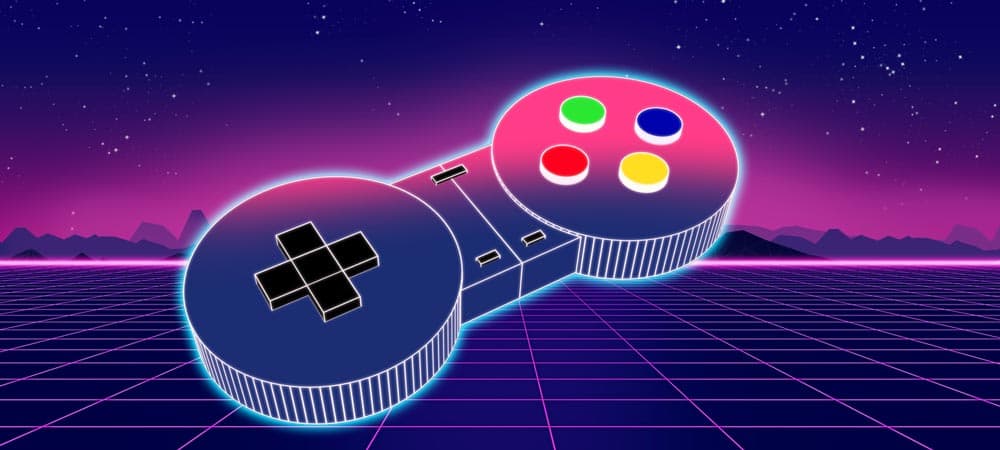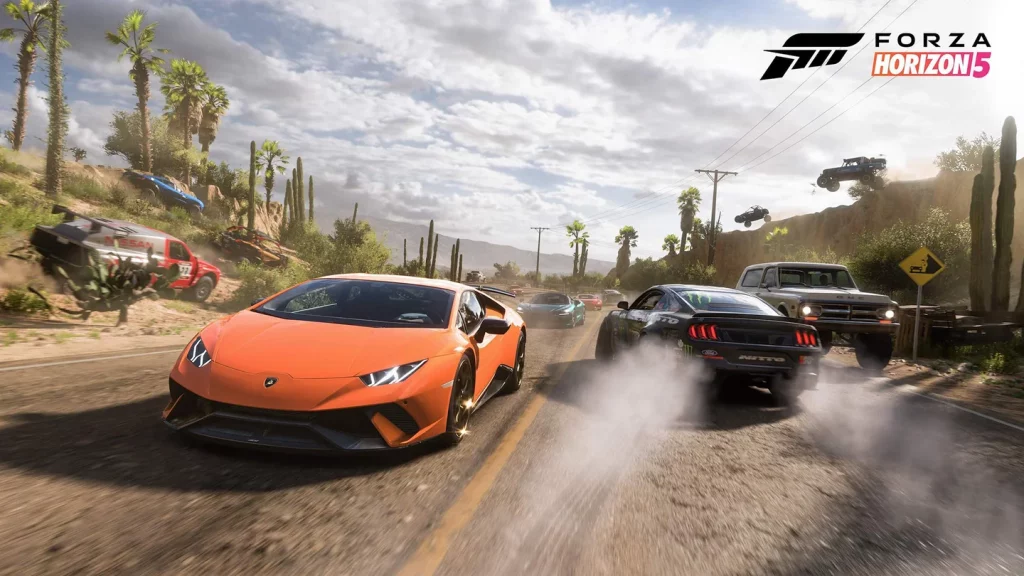
In the fast-paced realm of gaming, where innovation knows no bounds, one phenomenon has taken center stage: hyper-realistic graphics. No longer confined to the realm of imagination, this technological marvel has brought gaming visuals to an unprecedented level of lifelikeness, captivating players and redefining the very essence of virtual reality. Join us as we delve into the awe-inspiring evolution of hyper-realistic graphics and its profound impact on the gaming landscape.
A Leap Beyond Reality: The Genesis of Hyper-Realistic Graphics
Hyper-realistic graphics, the pinnacle of visual fidelity, are not merely about generating images that mirror reality; they endeavor to blur the lines between the virtual and the tangible. This advancement didn’t materialize overnight; it was a gradual process fueled by the tireless dedication of developers, engineers, and artists. These gaming gurus relentlessly pursued the fusion of cutting-edge technology with artistic finesse, birthing visuals that are indistinguishable from the physical world. The journey was marked by milestones, from the early days of pixelated landscapes to the dynamic, cinematic experiences of today.
Gaming Gurus and Their Odyssey: Masters of Pixel Perfection
Behind the veil of every hyper-realistic masterpiece stands a cast of visionary individuals – the gaming gurus. These gurus of gaming cast a spell of innovation, transforming electronic bits into visually compelling worlds that resonate with players on a visceral level. With the aid of powerful hardware and ingenious software, they orchestrate complex algorithms that simulate light, texture, and physics with unparalleled precision. This synthesis of artistry and technology constitutes the heart of hyper-realism, inviting players to immerse themselves in meticulously crafted environments.
The Technological Tapestry: Unraveling the Process
Peeling back the layers of hyper-realistic graphics reveals an intricate web of technologies working harmoniously. Ray tracing, a technique that simulates the path of light rays, adds an unparalleled depth to visuals. Through the sheer computational might of GPUs, gaming gurus trace the journey of each photon, resulting in lifelike reflections, refractions, and shadows that dance across the screen. Real-time rendering further amplifies the sense of realism, enabling instant adjustments to lighting and materials as players traverse dynamic worlds.
Virtual Realism: Gaming’s Perception-Altering Experience

The significance of hyper-realistic graphics extends beyond mere aesthetics. It shapes the very psychology of gaming, inviting players to question their own senses. As the boundary between real and virtual blurs, players find themselves navigating landscapes that defy the laws of physics. The gust of wind against their face, the warmth of sunlight filtering through leaves – these nuances trigger a sensory symphony that defies disbelief. The gaming gurus’ dedication to recreating reality empowers players to explore the uncharted terrain of emotional immersion.
Unveiling the Social Fabric: Hyper-Realistic Multiplayer Dynamics
Hyper-realistic graphics forge connections not only between players and their virtual surroundings but also within the gaming community itself. Platforms like the Gaming Gurus Discord have flourished, where aficionados of hyper-realistic marvels converge. The multiplayer landscape transforms into an artistic canvas, with players traversing breathtaking landscapes, their avatars reflecting real-world emotions through nuanced animations. The collaborative dimension of multiplayer gaming thrives as hyper-realism facilitates authentic interactions, inspiring camaraderie among gamers.
Innovation’s Trail: Gazing into the Future of Hyper-Realistic Gaming
The realm of hyper-realistic graphics is far from stagnant, perpetually evolving with the relentless pursuit of perfection. Quantum leaps in hardware and software are poised to usher in a new era of even more realistic visuals. The gurus of gaming cast are orchestrating a symphony of AI and machine learning, where NPCs display uncannily human behaviors, and environments respond dynamically to player actions. This seamless amalgamation of technology and creativity is bound to birth experiences that challenge our very grasp of reality.
Final Thoughts
In the ever-evolving world of gaming, hyper-realistic graphics stand as a testament to human ingenuity and relentless pursuit of excellence. The gaming gurus have transformed virtual realms into sensorial masterpieces, blurring the lines between the real and the virtual. As the journey into hyper-realism continues, players can anticipate a future where the boundaries of possibility are stretched further, offering immersive experiences that resonate with the essence of being human.
Commonly Asked Questions
1. What drives the evolution of hyper-realistic graphics?
The evolution of hyper-realistic graphics is driven by a synergy of technological advancement and artistic prowess. Gaming gurus leverage cutting-edge hardware and software to simulate light, physics, and materials with unprecedented precision, creating visuals that mirror reality.
2. How do hyper-realistic graphics impact multiplayer dynamics?
Hyper-realistic graphics enhance multiplayer dynamics by fostering authentic interactions among players. Platforms like Gaming Gurus Discord thrive as gamers converge to share their experiences in visually stunning landscapes, forging connections and camaraderie.
3. What lies on the horizon for hyper-realistic graphics?
The future of hyper-realistic graphics is characterized by AI and machine learning integration. This promises even more realistic experiences, with NPCs exhibiting human-like behaviors and environments responding dynamically to player actions.
4. How do hyper-realistic graphics influence emotional immersion?
Hyper-realistic graphics amplify emotional immersion by recreating sensory details. Players experience wind on their faces and sunlight filtering through trees, triggering a profound sense of presence and emotional connection to the virtual world.
5. What role does ray tracing play in hyper-realistic graphics?
Ray tracing is pivotal in hyper-realistic graphics. It simulates the path of light rays, leading to lifelike reflections, refractions, and shadows. This technology adds depth and realism to visuals, elevating the overall gaming experience.












